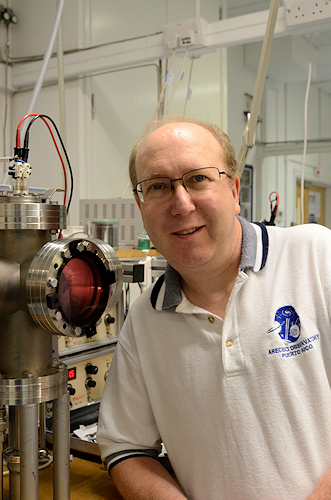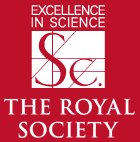 Background and History to the Bristol CVD Diamond Group
Background and History to the Bristol CVD Diamond Group
The University of Bristol , and in particular the School of Physics , has had an interest in single crystal diamond research for around 30 years. But research into Chemical Vapour Deposition (CVD) of diamond films began at Bristol in 1991, with a collaboration between Professor Mike Ashfold FRS and Paul May (then a postdoc) in the School of Chemistry, and Professor Martin Lowson in the Aerospace Engineering Department in a DTI-funded project to investigate diamond films for Aerospace applications. The group expanded rapidly, and now Bristol is one of the top centres for CVD diamond research in the UK, with the effort being split among various departments within the University, although the majority of it is still centred in Chemistry. Professor Neil Fox joined the group in 1995 from Smiths Industries, and Mike Ashfold retired in 2022. The group now is run jointly by Professors Paul May and Neil Fox, with invaluable technical assistance from Dr James Smith, although we have a lot of collaborations with other academics at Bristol, including Professors David Fermin (electrochemistry), Neil Allan (solid-state modelling), Martin Kuball (GaN devices) and Tom Scott (nuclear hub).
 |
 |
| Professor Paul May | Professor Neil Fox |
Originally (1991-2000), our main aims were to try to better understand the physics and chemistry underpinning diamond growth. This involved analysing the growth conditions for diamond CVD using a variety of in situ gas-phase diagnostic methods, such as laser spectroscopy, mass spectrometry, optical emission spectroscopy, as well as post-growth analysis such as laser Raman spectroscopy, SIMS and XPS. We complemented this experimental work with modelling of the plasma chemistry and kinetic Monte Carlo modelling of the growth process.
From 2000-2020 we moved towards projects that were more applied, such as developing CVD diamond for electronic applications, fast photomultiplier tubes, micro-plasma arrays, and X-ray lenses, growth of CVD diamond on wires and fibres to make lightweight, stiff fibre-reinforced composite materials, field emission for flat-panel devices, as well as biosensors and neural implants.
From around 2015 onwards, we've been developing nanostructured diamond surfaces for antimicrobial applications and large-area electrochemical sensors. We have also spent a lot of time studying the functionalisation of diamond surfaces with monolayers of various metals to enhance its 'negative electron emission' properties for electronic emission devices, such as thermionic energy converters. We also have a large group studying betavoltaic and gammavoltaic devices to make so-called 'everlasting' nuclear batteries, and in collaboration with the UKAEA, we have been developing diamond tritium detectors and studying H retention and storage in diamond. Details of these and our other activities, both past and present, can be found on the menu (left).
Funding sources
Funding over the years has been from various sources, both governmental and industrial, including:
as well as by AWE, UKAEA, STFC, Arima Corporation (Taiwan), Thomas Swan, Smiths Industries and DERA (Farnborough).






